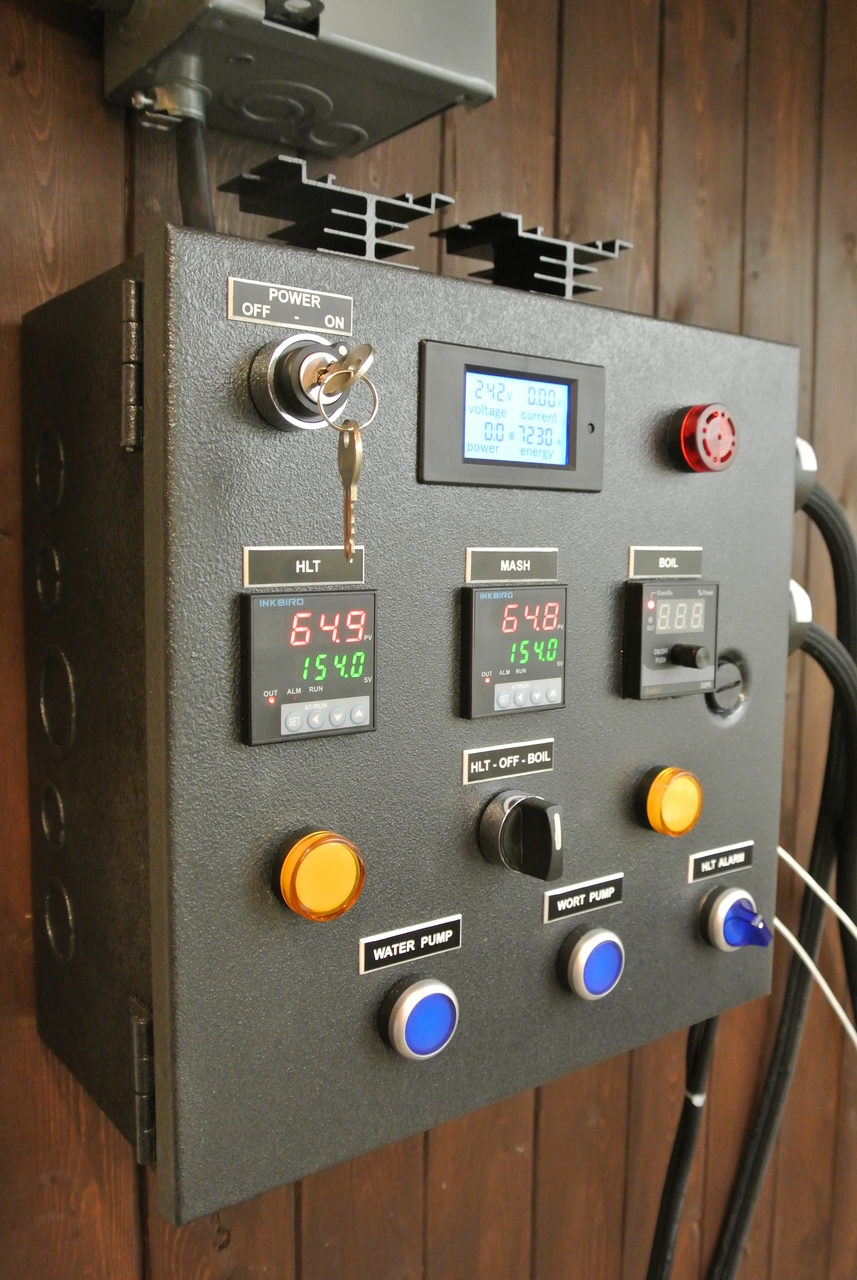MikeSkril
Well-Known Member
- Joined
- Feb 5, 2015
- Messages
- 401
- Reaction score
- 82
Hi,
I finished my control panel a while ago. Just wanted to share the 'How To' I've made.

Feedback is always welcome!
https://skrilnetz.net/how-to-build-a-brewing-control-panel-herms-240v-30-amp/
The panel in action:
Prost!

I finished my control panel a while ago. Just wanted to share the 'How To' I've made.

Feedback is always welcome!
https://skrilnetz.net/how-to-build-a-brewing-control-panel-herms-240v-30-amp/
The panel in action:
Prost!

Last edited by a moderator:






























![Craft A Brew - Safale S-04 Dry Yeast - Fermentis - English Ale Dry Yeast - For English and American Ales and Hard Apple Ciders - Ingredients for Home Brewing - Beer Making Supplies - [1 Pack]](https://m.media-amazon.com/images/I/41fVGNh6JfL._SL500_.jpg)



























